I think I can answer (1) and (2):
(1) You can program the zeroth order Bessel functions yourself (spherical or not) by consulting a handbook on mathematical functions such as Abramowitz and Stegun, Gradshteyn and Ryzhik, or the Digital Library of Mathematical Functions (http://dlmf.nist.gov/).
(2) By regular and irregular, I presume you mean regular or modified Bessel functions. Bessel functions are solutions to the three-dimensional heat equation posed in cylindrical coordinates. Your boundary conditions determine your use of regular or modified Bessel functions. For nice discussions about regular and modified Bessel functions, I suggest reading The Conduction of Heat in Solids by Carslaw and Jaeger and Boundary Value Problems of Heat Conduction by M. Necati Ozisik. You can also try for difficult problems Classical Electrodynamics by John David Jackson.
How are the regular and modified Bessel functions different? The regular J Bessel function is somewhat oscillatory in nature (see a nice old book like Jahnke, Emde, and Losch for hand-drawn Bessel function graphs, a lost art form if you ask me) whereas I and K are single-valued.
I can't really help you much on (3) and (4), as I'm not much an electrical engineer (although I would like to learn more!).

